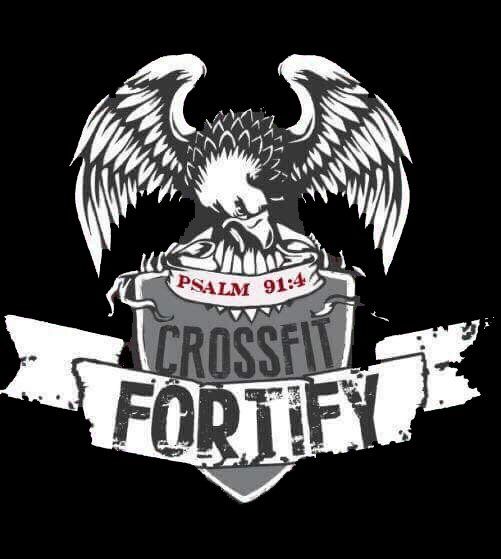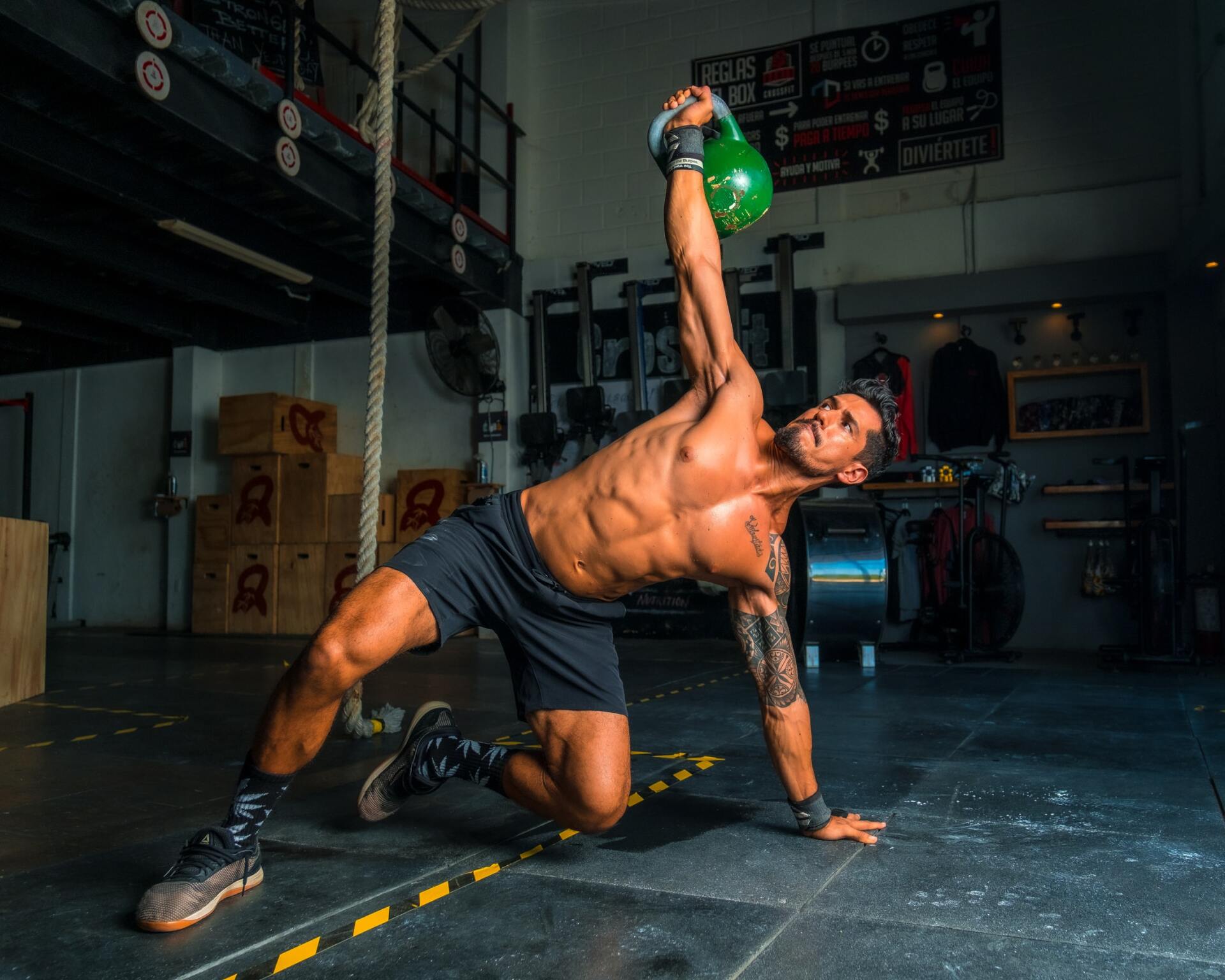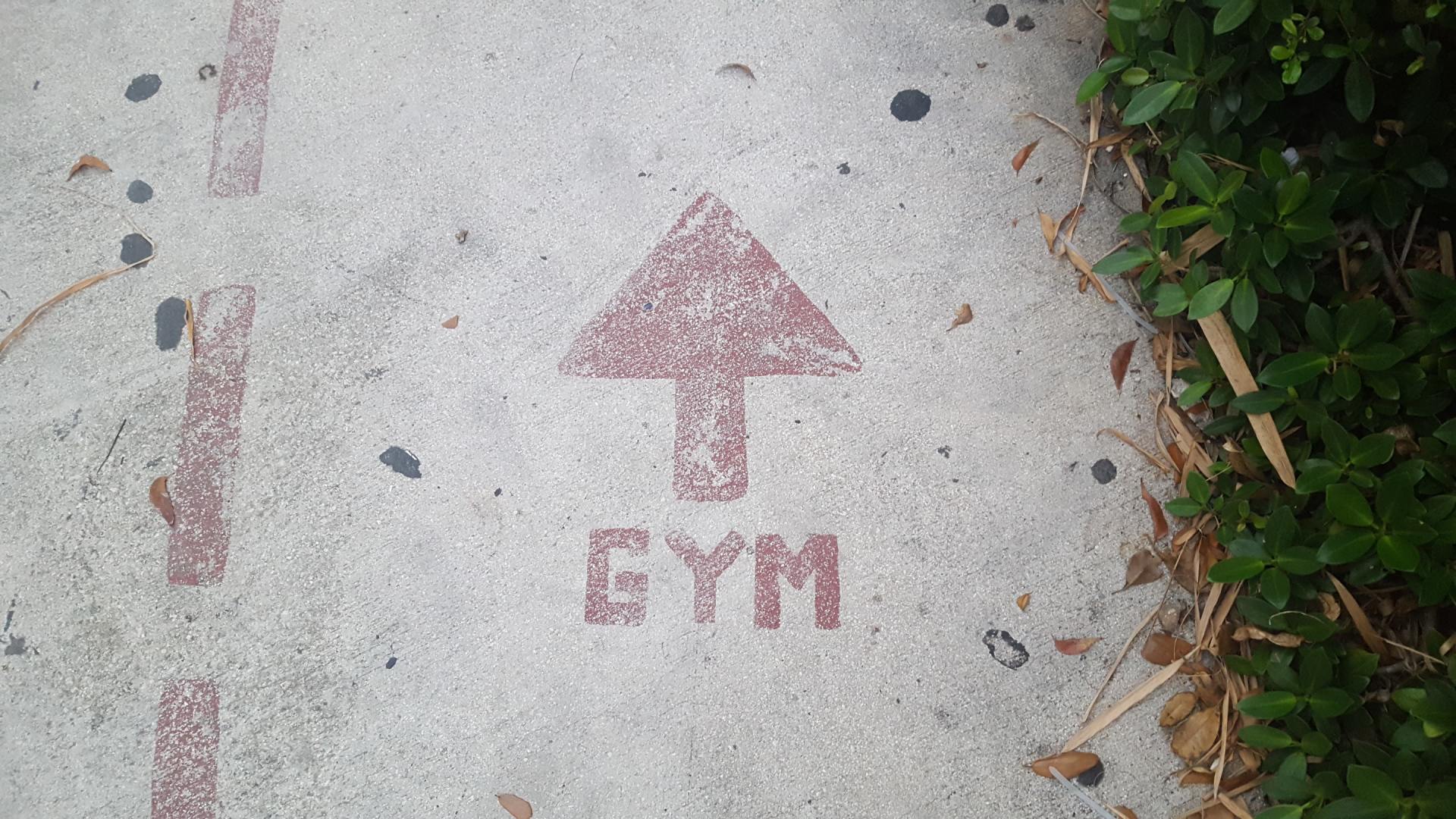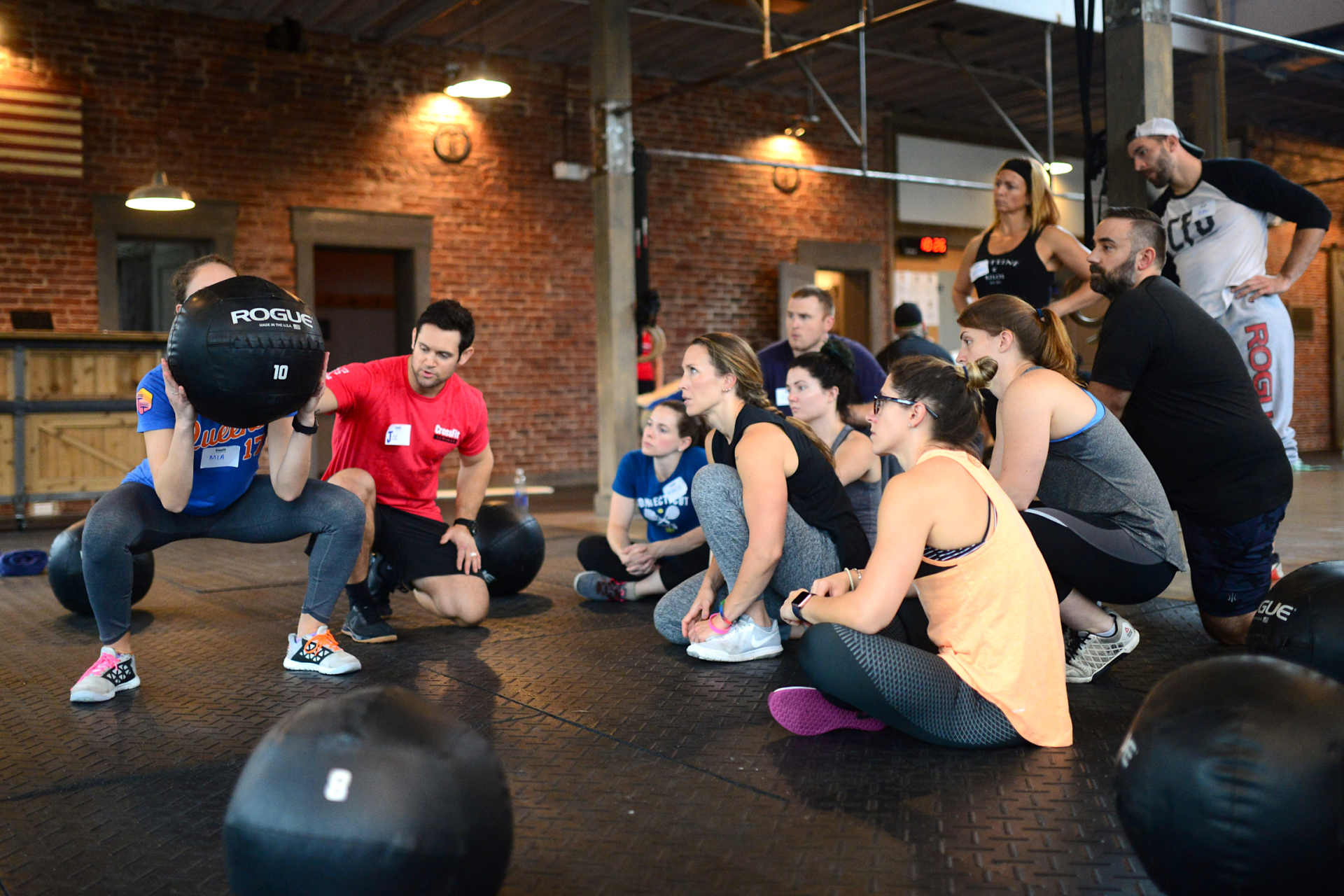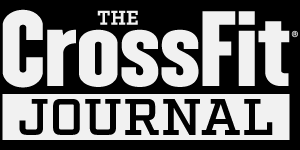4 Best Substitutes for Wall-Ball Shots in CrossFit
By: CrossFit Fortify
We’re always listening about the importance of working out and staying active throughout life. For the last few years, CrossFit has been gaining popularity because of its broad, general, and inclusive design. It helps improve stamina, cardiovascular endurance, strength, power, speed, flexibility, agility, balance, and coordination. CrossFit workouts are high-intensity and some equipment is used, such as kettlebells, plyo boxes, speed ropes, and medicine balls. But if you don’t have that equipment, you won’t necessarily miss out on the effects because there are different variations to most popular exercises invented by the CrossFit crew, such as wall-ball Shots. What are the best substitutes for wall-ball shots in CrossFit?
1. Landmine squats and presses
2. Squat jumps
3. Kettlebell thruster
4. Kettlebell head cutter
If you just started CrossFit and don’t want to invest in too much equipment, or you have an injury that prevents you from doing wall-ball shots, or even if you just don’t like them, try one of these substitutes instead and see what works best for you. They all activate and work the same muscles as wall-ball shots, so you don’t have to think too much about which exercise to substitute it with, just pick the one that feels the best when you’re doing it.
What is wall-ball shot in CrossFit and why is it important?
CrossFit first appeared at the beginning of the 2000s, when its founder Greg Glassman had the idea of making a workout program that is based on the saying “jack of all trades, master of none”. Glassman was a teenage gymnast and he noticed that he could become stronger than any of his gymnast friends because unlike his friends, who were working out using only their body weight, he was using bars and dumbells. He also realized that, no matter how hard he looked, he couldn’t find a person that is better than him in all areas of fitness, he can only find people who are better than him in a single area. These experiences affected CrossFit’s goal which wasn’t to achieve specialized abilities and fitness that applies in one particular set of movements. His goal was general physical preparedness.
Even though CrossFit was designed as an inclusive form of fitness, not everyone enjoys all exercises. One of the least favorite exercises for most CrossFit enthusiasts is the wall-ball shot. Wall-ball shot is a compound, high-intensity exercise that engages a large number of muscles in your body. Precisely, it works quadriceps, glutes, hamstrings, back, chest, shoulders, biceps, triceps, and core muscles. It is also known as the wall-ball squat. This move requires your lower-body muscles to perform a squat, while your upper body executes the push-press part as you throw a ball against a wall. You can change up muscle groups that you are activating just by alternating your position. The ball that is used for this movement is somewhat similar to a medicine ball, but it is softer, bigger, and produced with the purpose of being thrown at a wall. They are usually made of vinyl and come in a variety of weights, ranging from 6 to 20 pounds. When starting out with this exercise you should first use the lighter balls and work your way up to the heavier ones.
The usual target height for a wall-ball shot is 9 feet for men and 8 feet for women, and 150 reps are performed. Many shorter people struggle with this exercise because their distance from the ball to the targeted height on the wall is bigger.
The way in which you throw the ball up is also very important. Using your glutes and hamstrings by driving your hips up helps accelerate the throw and create more power. Make sure you are holding the ball right in front of your face in a front rack position, keeping your arms tight and under the ball.
Unlike what is recommended for most exercises, do not push yourself to failure. Your arms burn out very fast and you can get hit directly in your face if your arms and hands are exhausted. The recommended distance from the wall is about 1 foot 7 inches.
Focus is an important factor in this exercise. The valid rep consists of hips getting below the parallel and the ball hitting the targeted height. Because the technique is quite simple, people tend to focus less on it, but a big part of efficiency is being consistent with accuracy.
People with stiff calves, tight hips, and limited ankle mobility will have a harder time executing this exercise.
If you have a problem that is making it hard to do wall-ball shots, don’t want to invest in equipment, or just don’t like it, you should consider substituting it with one of these exercises.
Best substitutes for wall-ball shots in CrossFit
1. Landmine Squats and Presses
The landmine squat
is great for beginners because it is a safer form of squat and it is great for learning the proper form. It is a low-impact exercise with a lot of benefits. It mainly works quads, upper back, glutes, and core muscles.
To prepare for the exercise place a barbell in a landmine attachment and load the free end of the bar with weight plates. In case you don’t have a landmine attachment, just fix the free end of the barbell in the wall corner.
Begin by standing shoulder-width apart, holding the barbell with both hands at chest height. Keeping the weight on your chest, squat down, pushing your hips back, and bending the knees. Push yourself back up by extending the knees and driving your hips forward.
Depending on what you are working on with the exercises, you can choose to do a different number of sets and reps. If you want to increase your strength do 5 sets of 5 reps, for hypertrophy do 3-4 sets of 8-12 reps, and for muscular endurance do 3 sets of 12+ reps.
The landmine press
is a variation that is executed by placing the barbell in a landmine attachment and pushing it up with your hands. It works triceps, obliques, and shoulders.
You can use one hand or both hands.
Start the two-handed landmine press by holding the weighted end of the barbell with both hands in front of your chest. Make sure your feet are leveled and shoulder-width apart. Push the weight up with both hands until your arms are extended and bring it back down slowly.
If you choose to do a single-arm landmine press, stand in a split stance by bringing the opposite leg to the arm you are lifting with forwards. Press the weight up with one arm and make sure to keep it in line with your shoulder. Single-arm presses are better for working the shoulder than two-handed presses.
2. Squat Jumps
Squat jumps
are great for strengthening your entire lower body and increasing your heart rate, causing significant calorie burn. They work quads, hamstrings, glutes, and calves and require no equipment. Squat jumps strengthen your core by forcing you to balance your body weight.
To perform squat jumps, start with standing with your feet at a hip distance and lower into a squat position by bending your feet. Jump straight up and swing your arms over your head. Return to squat and repeat.
3. Kettlebell Thruster
Kettlebell thruster
helps you activate almost every muscle in your body and gets your heart racing. This exercise is a combination of a kettlebell squat and a kettlebell overhead press.
There are two variations of the kettlebell thruster.
The first variation involves holding the kettlebell with both hands. Start by standing shoulder-width apart, brace your abs tight, and squat so your thighs are parallel with the floor. From there, drive hard upwards and use your momentum to push the kettlebell overhead. Make sure you keep your chest up during the whole movement.
The second variation is similar to the two-arm one, but it is performed with only one arm and the kettlebell is held in the racked position during the squatting phase. Make sure your elbow does not wing out during the squat.
4. Kettlebell Head Cutter
Kettlebell head cutter
works your entire body, helps you build some serious strength, and burns a ton of calories.
Start the exercise with your feet shoulder-width apart and the kettlebell squarely between your feet. Push your hips back and keep your chest tall. Deadlift the kettlebell up, keeping your knees slightly bent and your back flat. To bring the kettlebell up, explode with your knees. Slide your hands onto the side of the kettlebell and squat down. Focus on squatting below parallel. Shoot up again from the squat position, driving your heels through the floor, straight into an overhead press.
Subscribe to our Blog
Drop your email to receive news and content from CrossFit Fortify.
Subscribe To Blog
Thank you for subscribing.
You should now receive our news to the email that was provided.
Oops, there was an error sending your message.
Please try again later.
Please try again later.
OUR PROMISE TO YOU
We promise to offer a professional environment and a knowledgeable staff dedicated to helping you reach your fitness goals. We promise to always challenge you so that you never get bored and to create a community that will inspire and motivate you.
© 2024
All Rights Reserved | CrossFit Fortify
Site Design by Pabey Group Digital Media
© 2024
All Rights Reserved | CrossFit Fortify
Site Design by
Pabey Group Digital Media
